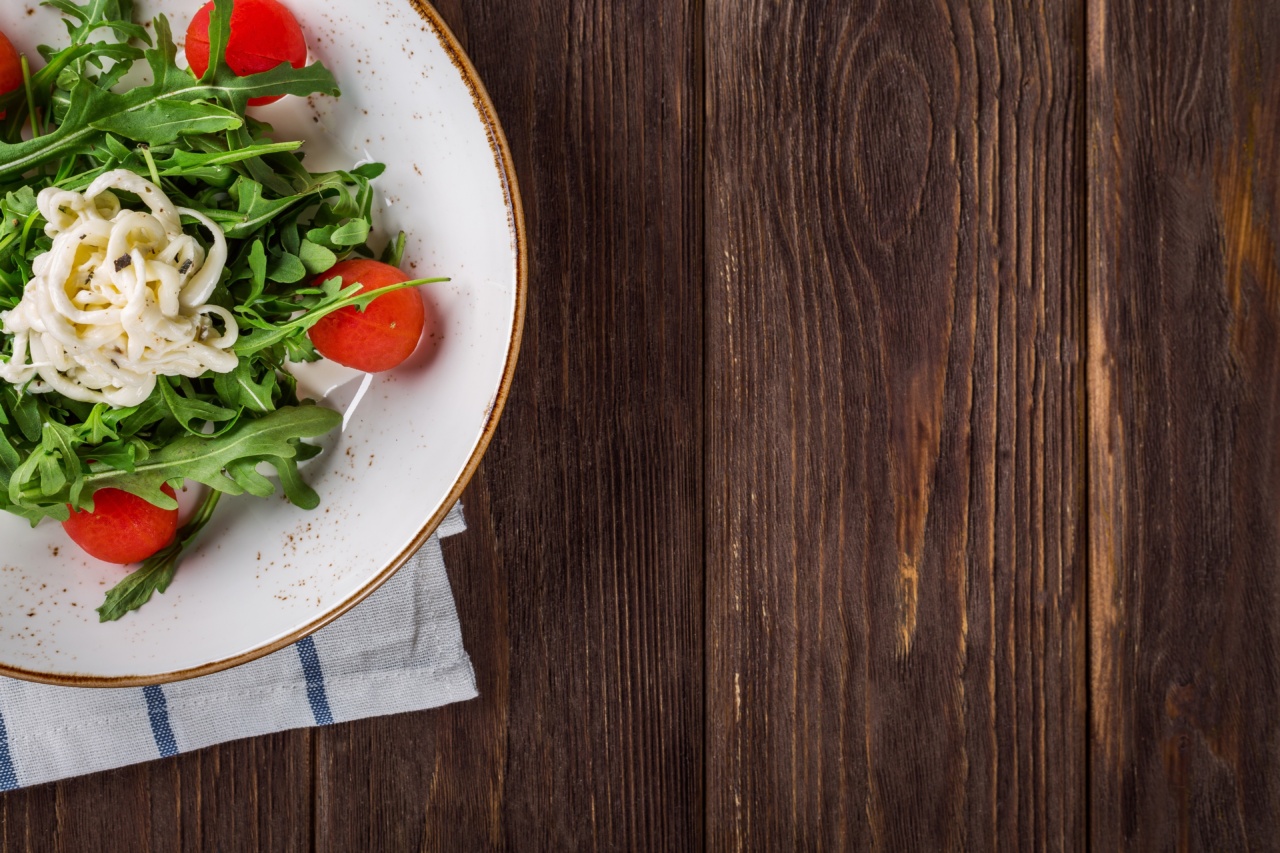Salt is a common ingredient in many food products. It is used to add flavor and enhance the taste of meals. However, consuming too much salt can have adverse effects on our health, such as high blood pressure, kidney disease, heart disease, and stroke.
It is essential to reduce salt intake in our daily diets to stay healthy and prevent these health problems.
30 Tips to Lower Salt Intake in Your Diet
1. Read Labels
Start by checking the food labels when you go grocery shopping. Look out for high-sodium foods and avoid them as much as possible. Choose low-sodium foods instead.
2. Use Spices and Herbs
Instead of salt, use natural spices and herbs to add flavor to your meals. Examples include garlic, ginger, parsley, thyme, and basil.
3. Cook at Home
When you cook at home, you can control the amount of salt you use. Avoid using salt during cooking and instead add it sparingly when serving the meal.
4. Go Easy on the Sauce
Sauces such as soy sauce, ketchup, and BBQ sauce contain high amounts of salt. Use them sparingly or switch to low-sodium versions.
5. Say No to Processed Foods
Processed foods such as canned soups, frozen meals, and instant noodles contain high levels of salt. Choose fresh, whole foods instead.
6. Choose Low-Sodium Products
Choose low-sodium versions of foods such as bread, cheese, and canned vegetables to reduce your salt intake.
7. Skip the Salt Shaker
Avoid using the salt shaker during meals. Try to rely on other spices and herbs instead of salt.
8. Be Mindful of Serving Sizes
Even low-sodium foods can quickly add up to high salt intake if consumed in large portions. Be mindful of serving sizes and keep them small.
9. Cook with Lemon or Lime Juice
Lemon and lime juice can add a sour taste to food, similar to salt. Try using them in your meals for added flavor.
10. Avoid Salty Snacks
Snacks such as chips and pretzels are high in salt. Avoid them or choose low-sodium alternatives.
11. Add Vinegar to Your Foods
Vinegar can add a tangy flavor to your meals without adding salt. Try using it in salad dressings or marinades.
12. Drink Plenty of Water
Drinking water can help flush out excess salt from your body. Aim to drink at least eight glasses of water per day.
13. Use Low-Sodium Broth
Broth is a common ingredient in many recipes. Choose low-sodium broth to reduce your salt intake.
14. Go Easy on the Cheese
Cheese can be high in salt. Use it sparingly or opt for low-sodium versions.
15. Avoid Pickled Foods
Pickled foods such as pickles, olives, and sauerkraut are high in salt. Avoid them or choose low-sodium alternatives.
16. Grill or Bake Your Food
Grilling or baking your food can add flavor without adding salt. Avoid frying as it can increase the sodium content of your meals.
17. Choose Fresh Fruits and Vegetables
Fresh fruits and vegetables are naturally low in salt. Add them to your meals for added nutrition and flavor.
18. Use Unsalted Butter
Unsalted butter can be a healthier alternative to salted butter if used in moderation.
19. Be Careful with Ready-Made Sauces
Ready-made sauces, such as pasta sauce, can be high in salt. Choose low-sodium alternatives or make your own from scratch.
20. Don’t Add Salt to Boiling Water
Avoid adding salt to boiling water when cooking pasta, rice, or potatoes. Try adding some herbs or spices instead.
21. Use Low-Sodium Salad Dressings
Salad dressings can be high in salt. Choose low-sodium versions or make your own from scratch.
22. Choose Fresh Meats
Fresh meats, such as chicken and fish, are naturally low in salt. Avoid processed meats such as hot dogs, bacon, and deli meats which are high in sodium.
23. Be Careful with Seasoning Blends
Seasoning blends such as garlic salt and onion salt are high in sodium. Choose seasoning blends that are salt-free or make your own using herbs and spices.
24. Rinse Canned Foods
Rinsing canned foods such as beans or vegetables can help remove some of the excess salt before use.
25. Choose Low-Sodium Condiments
Condiments such as mustard and relish can be high in salt. Choose low-sodium versions or use them sparingly.
26. Don’t Add Salt to Your Eggs
Avoid adding salt to your eggs before cooking. Try adding some herbs or spices instead.
27. Monitor Your Intake
Keep track of the amount of salt you consume each day. This will help you identify areas where you can reduce your salt intake.
28. Reduce Your Sodium Intake Gradually
Reducing your sodium intake gradually can make it easier to adjust to the taste of lower salt foods.
29. Be Wary of Restaurant Food
Restaurant food is often high in sodium. Be careful of what you order or ask for low-salt options when possible.
30. Be Creative with Your Cooking
Experiment with new spices and herbs to add flavor to your meals without relying on salt. Don’t be afraid to try new recipes and cooking techniques.
Conclusion
Reducing salt intake is important for maintaining overall health. By following these 30 tips, you can reduce your salt intake and lead a healthier life.


























